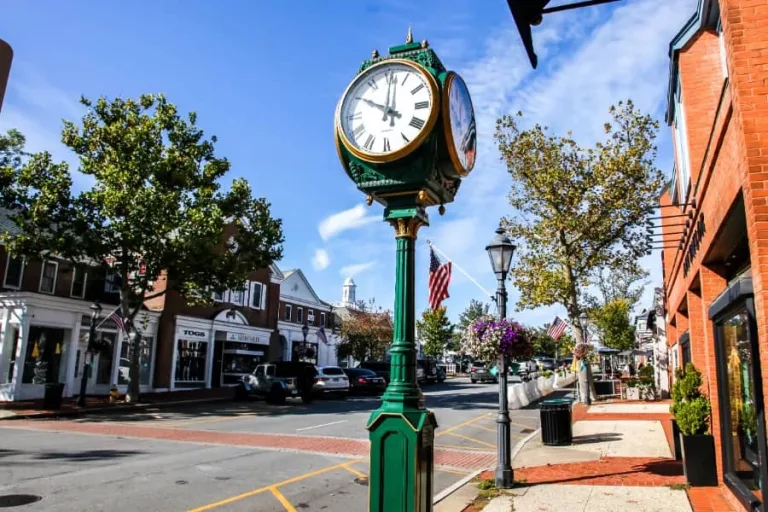Our editorial this week: The recent announcement by First Selectman Dionna Carlson that New Canaan has successfully secured a second moratorium from the applicability of Connecticut’s State Statute 8-30g is a significant, if belated, achievement. This moratorium is not just a temporary reprieve from the often intrusive mandates of 8-30g; it is a validation of New Canaan’s strategic approach to affordable housing. However, the arduous process leading to this victory underscores the need for a more cooperative relationship between the state and its municipalities in addressing affordable housing needs.
Congratulations are in order for New Canaan. Securing this second moratorium reflects the town’s commitment to controlling its development in a way that respects both its character and the need for affordable housing. But it’s a hard-earned victory—one that came after a protracted and frustrating battle with state bureaucracy. The road to this moratorium was anything but smooth, highlighting systemic issues that other municipalities should note.
New Canaan initially applied for its second moratorium in July 2022, only to be denied in October of that year. The reason? An unexpected change in the state’s criteria, which disallowed the town from using “holdover units”—affordable units that had been built but not counted towards the previous moratorium. This shift in policy was particularly galling given that Brookfield, another Connecticut town, had successfully used holdover units to secure its moratorium just a month earlier. The inconsistency is not only perplexing but also indicative of a lack of clear, stable guidelines from the state.
The rejection of New Canaan’s first attempt led to ongoing litigation, as the town rightly challenged the state’s abrupt change in practice. Nevertheless, the town did not rest on its laurels. In February 2024, New Canaan reapplied for its second moratorium, this time excluding the contested holdover units. The town’s revised application was thorough, even offering to add additional units if needed. Yet, despite the town’s diligence, the state responded with a slew of questions and amendment requests, all while neglecting to inform New Canaan that the point values assigned to different housing units had changed. The result was another rejection in May 2024.
It wasn’t until after Republican State Representative Tom O’Dea successfully sponsored an amendment in the May 2024 legislative session—clarifying that holdover units should indeed count toward future moratoriums—that New Canaan could reapply for the third time. This time, the town added additional affordable units created after the first moratorium. Finally, on August 19, 2024, more than two years after its initial attempt, New Canaan’s second moratorium was approved.
This saga reveals much about the challenges municipalities face under 8-30g. Of the 12 towns that have sought a moratorium, six have had their applications rejected, only to secure approval after reapplying. This pattern of rejections and delays raises questions about whether the state’s process is designed more to facilitate affordable housing or to enable developers to circumvent local control. The current system appears to be more developer-focused, often stalling municipalities that are genuinely trying to meet affordable housing needs.
The New Canaan model, which focuses on building 100% forever affordable projects, offers a more sustainable and locally controlled approach to affordable housing. Unlike 8-30g developments, which often feature high-density projects that can overwhelm local infrastructure and clash with the surrounding environment, New Canaan’s strategy allows the town to maintain control over the location, density, and design of affordable housing. Moreover, the town-owned units remain affordable in perpetuity, rather than expiring after 40 years, as is typical under 8-30g.
Only 12 of Connecticut’s 169 municipalities have ever secured a moratorium, and currently, just three towns—South Windsor, Brookfield, and now New Canaan—hold this status. The fact that more towns have not achieved moratoriums suggests a need for greater collaboration between the state and its municipalities. The state should serve as a partner, not an adversary, in these efforts, ensuring that its policies support rather than hinder the creation of affordable housing.
In the end, New Canaan’s experience serves as a case study for other towns. The town’s persistence in the face of bureaucratic obstacles and its innovative approach to affordable housing provide a model that other municipalities might follow. The state, for its part, should recognize the value of this approach and work to support rather than stymie such efforts. Connecticut’s goal should be to increase affordable housing stock as efficiently as possible, and that requires a partnership between state and local governments that is built on trust, consistency, and shared objectives.



